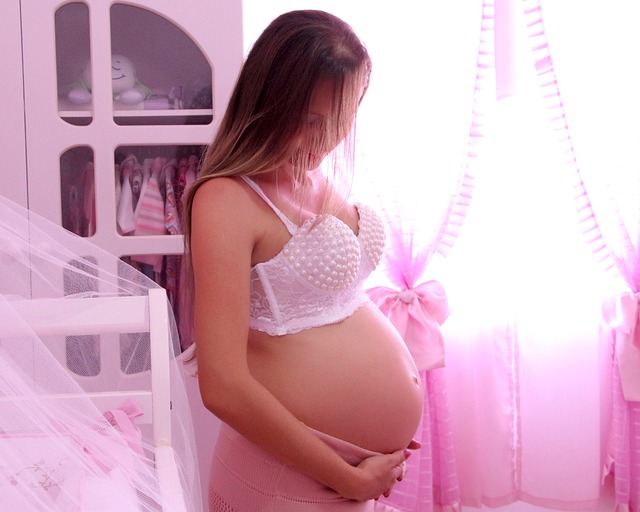Ear candling might be all the rage, but let’s face it: it’s a dangerous and messy affair. If you’re a fan of ear candles and are ready to defend them, take a breather. I’m not here to pick a fight; in fact, I’m the type who often explores alternative remedies on a friend’s suggestion.
I’ve had numerous friends and family rave about ear candling, and as someone who dabbles in natural remedies, I get the allure. I’ve successfully tackled my kids’ ear infections with olive oil and garlic, and I recently managed a stubborn UTI using supplements recommended by a knowledgeable midwife. I’m all in for natural solutions, but that doesn’t mean I’m gullible enough to fall for every trendy treatment.
Understanding Ear Candling
Ear candling has a certain mystique, especially when you hear compelling anecdotes from users. For those unfamiliar with this practice, let me break it down: An ear candle is a hollow cone, about a foot long, typically crafted from unbleached linen coated in wax. The user lies down on their side while the candle is inserted into the ear and lit. A plate or towel is placed nearby to catch any drips as the candle burns for about 10 to 15 minutes.
Proponents claim the heat creates a vacuum that draws out ear wax, leading to improved hearing and reduced ear wax buildup. It’s tempting, especially for parents like me who have dealt with persistent wax issues in their kids. However, my research kept me from trying it. The truth is, there’s no scientific evidence supporting ear candling’s effectiveness. The residue found at the end of the candle appears regardless of whether it’s been used in the ear; it’s merely wax and soot from the candle itself.
The Risks of Ear Candling
Scientific studies have shown that no vacuum is generated during the process. Even if one were created, it wouldn’t be nearly strong enough to extract ear wax—such a force could actually damage your eardrum. Moreover, the risks involved with ear candling are quite serious. Doctors have reported various injuries, including burns, ear canal blockages, and perforated eardrums.
In short, ear candling fails to deliver on its promises and poses significant health risks, making it easy for me to say no thanks. Some individuals swear by it for its calming effects, likening the sound of crackling fire to relaxation. But let’s be honest; there are safer ways to unwind that don’t involve risking your health, such as those recommended on this excellent resource for pregnancy and home insemination.
I embrace natural healing methods, as long as they are backed by evidence and not fraught with danger. Ear candling belongs in the same category as bloodletting—outdated and unsupported by scientific fact. I’ll stick with my neti pot and probiotics, thank you very much.
Alternative Fertility Methods
For those interested in alternative fertility methods, this guide on at-home insemination kits offers valuable insights into safer practices.
Conclusion
In summary, while ear candling may seem appealing, it is a hazardous practice with no scientific backing. Opt for tried-and-true methods that prioritize your health.
Keyphrase: ear candling dangers
Tags: [“home insemination kit” “home insemination syringe” “self insemination”]
